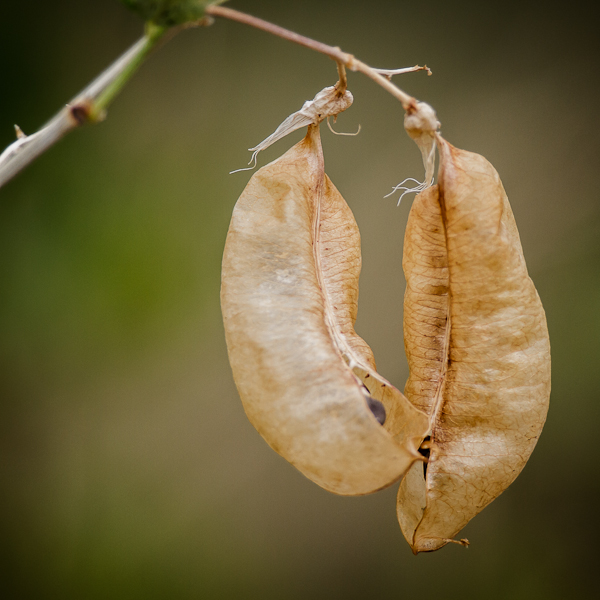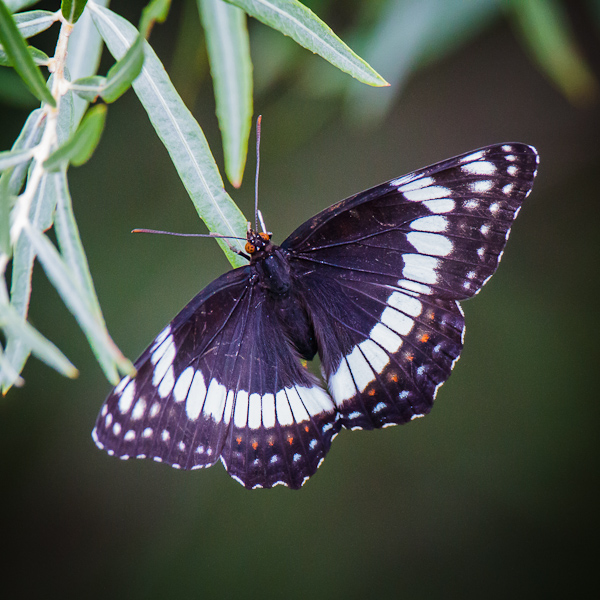I have a telephoto lens which is not marketed as a macro lens. Right now, I have no budget to buy anything else. Can I use this to take close-up photographs even if they're not "true macro"?
-
2\$\begingroup\$ Note: Stack Exchange is shutting down the blog platform. We had a brief period of activity at photo.blogoverflow.com a few years ago and there are some good articles. This post is part of an effort to migrate them. If the original author doesn't show up and move the content, I'll do that as community wiki in a little bit. \$\endgroup\$– mattdmCommented Jan 14, 2017 at 16:46
-
2\$\begingroup\$ +1 for making the effort to migrate. [I didn't even know there was a blog, I'm a newbie to this particular SE] \$\endgroup\$– TetsujinCommented Jan 14, 2017 at 16:49
-
\$\begingroup\$ I see. I didn't see the blog previously. \$\endgroup\$– user50888Commented Jan 14, 2017 at 16:50
7 Answers
Pseudo-Macro Photography with a Telephoto Lens
Macro photography is one of the all-time favorite pastimes of photographers. The enlargement of the small and microscopic to huge scale, the exploration of detail the naked eye cannot see. Sometimes it’s tough to decide what kind of photography to do on a day trip, when you can only carry so much gear. As a bird photographer, I tend to need large lenses and heavy gear, which makes lugging around a backpack full of additional gear impractical much of the time. Over the past year, I’ve come to enjoy a similar pastime that I call Telephoto Pseudo-Macro.
Strictly speaking, macro photography involves the use of a macro lens, which is capable of projecting a scene at 1:1 magnification (100% scale) onto the sensor. This “life size” scale is why its called macro, as we live and exist in the world at macro scale…life scale. Anything less than a 1:1 magnification, and you actually have close-up photography. The kind of fine detail that true macro photography extracts from a subject is quickly lost as your magnification factor drops with shorter lenses, however with a telephoto lens, you can often get very close to a subject and magnify them enough to become “pseudo-macro”. Not quite life size, but large enough for fine detail to exhibit well.
The benefits of using a telephoto lens for close-up “macro” photography work is two-fold. First is working distance, which can be several feet. This is great for photographing insects and other moving subjects that might take off if bothered. A long telephoto lens, such as a 500mm or 600mm lens, have relatively close minimum focus distances, and their narrow field of view will actually magnify your subject quite a bit on sensor. The second benefit is that you can use a teleconverter to gain even more focal length at the same minimum focus distance. A 300mm lens with an MFD of 4 feet with a 2x TC becomes a 600mm lens with the same 4 foot MFD. Your subject size grows in the frame by the ratio of the focal lengths squared, so in the this case, 300mm -> 600mm, your subject is 4x more magnified than before.
Despite the greater subject distance, most prime telephoto lenses offer superior image quality, sharpness, color, etc. So even at a distance of several feet, you can still extract a lot of small features at incredible sharpness. Renting a high-end lens like the Canon L-series supertelephoto lenses or Nikon’s G supertelephotos will offer the best sharpness in any lens with good working distances. Getting a lens that has some kind of image stabilization or vibration reduction is a huge plus for insect pseudo-macro photography. You can stop thinking about shot stability, and start composing your subject in-frame.
With a fast telephoto lens and a good TC, you frequently have a maximum aperture of f/4 or f/5.6. This allows you to retain autofocus capability, which can be a godsend for chasing down fast-moving insects guzzling up flower nectar, or flora blowing in the wind. Another benefit of using a telephoto lens is the background blur, or bokeh. At focal lengths beyond 100mm-200mm, noisy, cluttered background instantly blur into a creamy smooth backdrop for your key subject.
So, the next time you're out and about looking for wildlife or birds, keep an eye on the nearby flora and ground. A telephoto lens, with its thin DOF, can make an excellent tool for pseudo-macro photography. And when you're out and about, don’t forget to look strait down! You never know what subjects you might find (and you might save yourself some prickly pain, too!)
One, maybe clumsy, but simple solution would be to use toilet paper roll as an extension tube.
Reference: https://www.youtube.com/watch?v=k-1TFT3mVKE
Edit: I've also seen one more interesting technique, achieved by mounting the lens in reverse, there are special adapters for this, but can be done handheld, too.
Reference: https://www.youtube.com/watch?v=m56ANbj9YpE
There is no "technique" alone that will allow you to take close-up photos similar to Marco photos.
Auto Extension tubes, (which allow auto-focus and aperture control), can be bought for as little as $35, and they will allow you to take true macro photos.
I would think that even someone on a budget could afford $35. That is really good value considering it will open up a whole new area of photography.
Ebay Pentax Auto Extension Tubes
See also: What macro techniques offer an alternative to expensive optics?
I use a diopter that screws into the filter ring of my telephoto. It allows much closer focusing at the expense of not being able to focus farther than a couple of meters. They come in different strengths and magnifications. The advantage over, say, extension tubes is that the lens retains all functionality (autofocus, etc.) and there is no reduction in effective aperture. See here for a Wikipedia discussion of the technicalities...
Mattdm, if you check this question and answer you can consider one more solution to create telephoto lens "more" macro/close-up. Of course this solution is a bit specific (you need to have compatibility with lens and body) but you can check it.
P.S. I just read you have no budget. But nevertheless check this idea, its dual usage (get more tele and more close-up)
Reversing the lens as above would likely get your best results. You really don't need to move the lens very far from the camera to get macro, only an inch or so should be sufficient. Some things to be careful of as you are likely using digital, you will be risking introducing dust into your camera not using a proper mount. If you go with the toilet paper tube idea which could work, be sure and tape it up well to keep out dust, focus the lens as close as you can get it then move the subject or camera to focus rather than using the lens barrel. Try to stay in the mid range of your apertures for the sharpest settings.
I use a set of Hoya diopter lenses, which screw onto my lenses. They work quite well as long as you stop down the aperture adequately and use a tripod, and don't affect the exposure values the way teleconverters do. Mine were inexpensive and are single element, and they've served me well for quite a few years now. They're probably not high quality enough for serious macro photography (for that, multi-element diopters would be better)...but they're certainly a good (and affordable) starting point.








